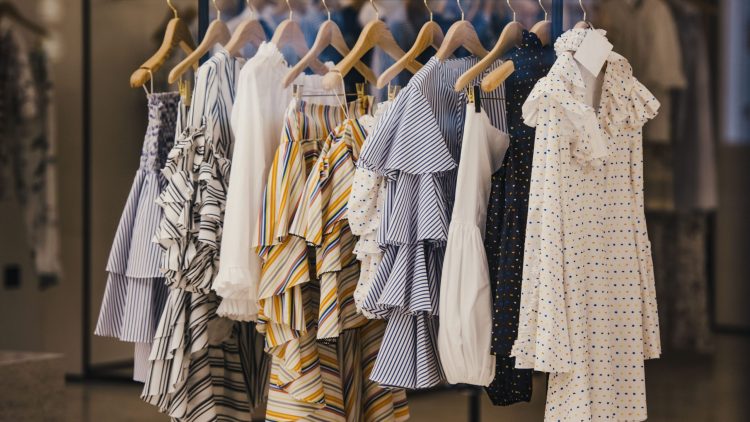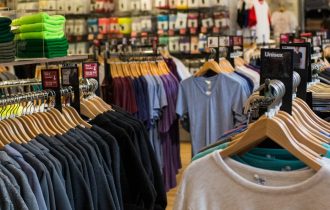Fashion Trends: From Runway to Everyday
Fashion trends are an integral part of the ever-evolving world of style. From the haute couture runways of Paris to the streets of cities worldwide, fashion trends shape the way we dress and express ourselves. In this article, we delve into the phenomenon of fashion trends, exploring how they emerge, evolve, and impact the everyday fashion choices of individuals.
Fashion trends are not random; they emerge as a response to cultural, social, and economic influences. They often start on the runways of top fashion weeks, where designers showcase their latest collections. Fashion designers are trendsetters, and their innovative designs serve as a glimpse into the future of fashion.
Celebrities and influencers also play a crucial role in shaping fashion trends. Their fashion choices are widely followed and imitated by the public, making certain styles and brands more popular and influential.
Fashion trends have a cyclical nature, with styles from past decades often making comebacks in contemporary fashion. This phenomenon is known as “fashion recycling” or “retro fashion.” Vintage and retro styles are continuously reinterpreted and reimagined by designers, creating a sense of nostalgia and timelessness in fashion.
Fashion trends also evolve through cultural exchange and globalization. Styles and aesthetics from different regions and cultures blend and influence one another, resulting in unique and eclectic fashion trends.
Fashion media, including fashion magazines, blogs, and television shows, play a significant role in disseminating fashion trends. Fashion editors and influencers curate and highlight the latest trends, providing style inspiration and guidance to their audiences.
In recent years, social media platforms have revolutionized the way fashion trends are disseminated and adopted. Platforms like Instagram, TikTok, and Pinterest have become fashion hubs, where users can discover and share fashion trends from around the world in real-time.
The rise of fast fashion has had a profound impact on the fashion industry and trends. Fast fashion retailers rapidly reproduce popular runway designs and celebrity styles at affordable prices, making the latest trends accessible to a broader audience.
However, the fast fashion model has also been criticized for its negative environmental impact and contribution to overconsumption. The rapid turnover of trends and cheaply produced clothing has led to a throwaway culture, resulting in excessive textile waste.
Fashion trends are not solely dictated by high fashion runways and celebrity culture; they are also influenced by subcultures and countercultural movements. Subcultures, such as punk, goth, and streetwear communities, have given rise to distinctive fashion trends that challenge mainstream aesthetics and norms.
Countercultural fashion is often characterized by unconventional styles, DIY elements, and a rejection of mainstream consumerism. Over time, countercultural fashion trends may gain mainstream recognition and influence high fashion and streetwear.
Amid growing awareness of environmental and ethical concerns in the fashion industry, sustainable fashion and slow fashion movements have gained momentum. Slow fashion advocates for a more conscious and mindful approach to clothing consumption, emphasizing quality over quantity and ethical production practices.
Sustainable fashion trends often focus on eco-friendly materials, upcycling, and circular fashion concepts. Designers and brands are incorporating sustainability into their collections, and consumers are increasingly seeking out eco-friendly and ethically produced clothing.
The rise of athleisure and activewear as fashion trends has blurred the lines between sportswear and everyday clothing. Athleisure combines comfort and style, allowing individuals to seamlessly transition from workouts to daily activities.
The trend of athleisure reflects the growing emphasis on health and wellness in modern lifestyles. It has led to collaborations between fashion brands and sportswear companies, creating functional and fashionable activewear collections.
Fashion trends are a dynamic and ever-changing aspect of the fashion industry. They are influenced by diverse factors, including high fashion runways, celebrity culture, subcultures, and countercultural movements. The advent of social media has accelerated the spread of trends and democratized fashion, allowing individuals worldwide to participate in and contribute to fashion culture.
As fashion trends continue to evolve, there is an increasing emphasis on sustainability and conscious consumption. Slow fashion and sustainable practices are reshaping the way fashion is produced and consumed, promoting a more responsible and ethical approach to clothing.
Ultimately, fashion trends reflect the spirit of the times and the collective desire for self-expression and identity. They serve as a powerful vehicle for creativity and innovation in the fashion world, inspiring individuals to experiment with their style and make fashion a unique and personal statement.











